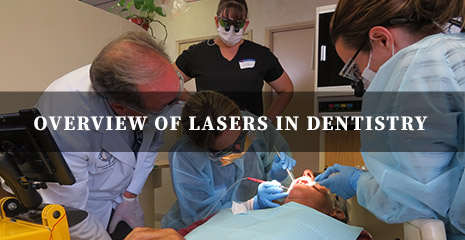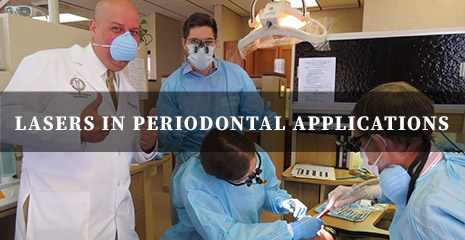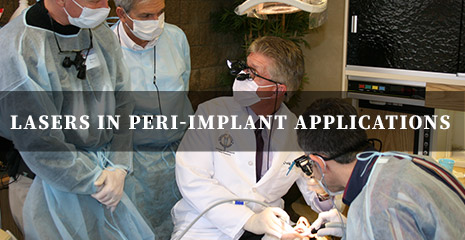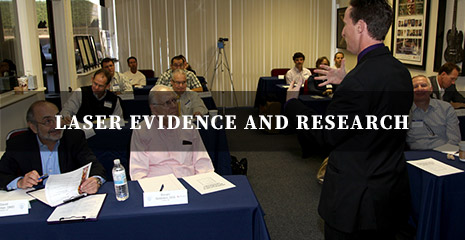We’ve assembled a panel of exceptional speakers with broad industry experience to share cutting edge techniques, tips and tools for practice improvement and better clinical outcomes that can directly impact patient health and practice profitability.
There are 4 key categories of presentations:
 |  |
 |  |
OVERVIEW OF LASERS IN DENTISTRY
“Catch the Wave – Lasers In Dentistry”
Laser technology has become ubiquitous in the field of dentistry, but there is no one-size-fits all (or one-wavelength-treats-all) dental laser. Understanding the physics of lasers and wavelength interaction can help clinicians choose the correct laser for their clinical needs. This course will review the physics of lasers and how this affects clinical usage.
Emphasis will be placed on laser periodontitis therapy, particularly use of the free running pulsed Nd:YAG laser for periodontitis. Clinical cases will be discussed.
Learning objectives:
- How to choose the correct laser for your clinical needs
- Why the physics of lasers determines the clinical use
- New ways to treat periodontitits using LANAP (laser assisted new attachment procedure)
“Dental Lasers In and Out of the Pocket: What They Do, What Belongs, and What Does Not”
Lasers continue to be controversial in dentistry, and have been so since their introduction to the profession more than 20 years ago. Much of the confusion derives from marketing claims that have been made by companies selling the lasers and the lack of good, solid research to dispel the false claims and support correct ones. Lasers have been the device looking for a procedure.
From laser physics to hard and soft tissue interactions and wavelengths of various machines, this lecture will offer the attendee a good grasp of what is possible and impossible for lasers to accomplish. A survey of all procedures for which lasers can be used which are billable, along with the corresponding ADA code and clinical pictures will be examined.
Learning objectives:
- The laser wavelengths available to dentistry, now and in the past
- Laser physics and their importance in healthcare applications
- Laser energy interaction with living human tissue and the effect of wavelength on that interaction
- Hard tissue lasers and their applications and design changes past and recent changes
- Surgical vs. non-surgical laser periodontal therapy
